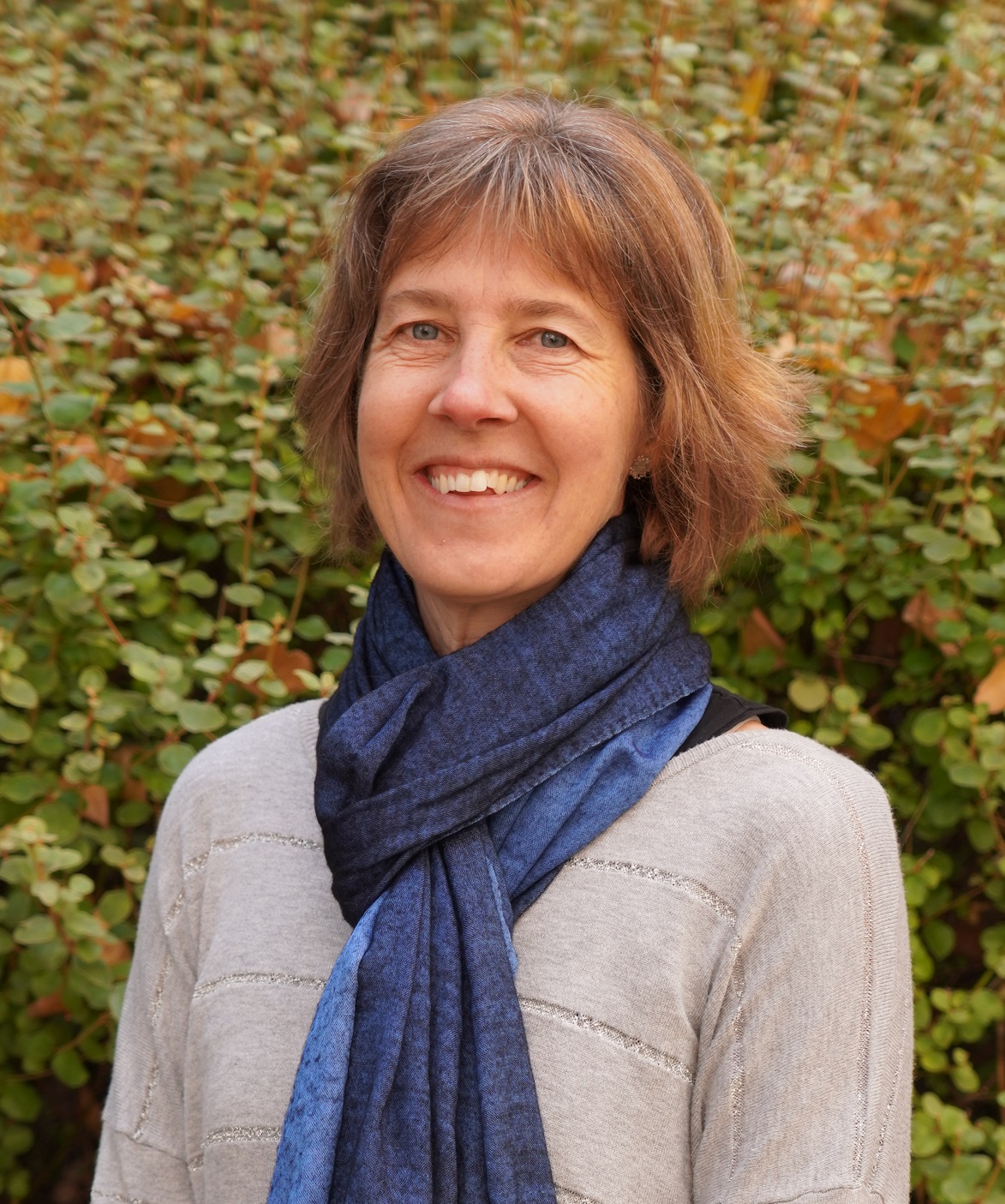
Emma was born in Melbourne, Australia to a family very keen on being outdoors and camping. She wanted to be a park ranger until she realised that it meant cleaning toilets and scolding people. Instead, she did a BSc at the University of Melbourne. Emma’s interest in bryophytes came about after she joined Professor Andy Beattie’s biodiversity research lab at Macquarie University. While most of the lab members were focused on invertebrates, Emma’s interest has always been botanical after being inspired by some wonderful botanists at the University of Melbourne, including the legendary George Scott.
On starting her PhD at Macquarie, Emma met Dr Patricia Selkirk and Ms Alison Downing, and through their encouragement, she was able to sneak botanical interests into an invertebrate group given that all these taxa are understudied and cryptic compared with birds, mammals, and vascular plants. Alison and Kevin Downing played a pivotal role in Emma’s PhD studies and travels. Alison provided much needed technical support and encouragement. It was a random conversation between Alison and Professor Dale Vitt at a conference that led to Emma gaining a post-doc with Dale at the University of Alberta, Canada.
At the University of Alberta, Emma and Dale worked with a team of foresters, economists, and social researchers on resilient forest ecosystems. Two years into the post-doc and three days after marrying a Canadian, Emma was offered a faculty position at the University of Tasmania. In a substantial leap of faith, Rich consented to moving to the other side of the world where they started a new life in Tasmania. Emma has been on staff at UTAS since 1999 and Rich found ongoing work with CSIRO.
While she began her career as an ecologist, a series of opportunities have seen her morph into an environmental planner. She is now a teaching intensive academic delivering units into the Master of Environmental Geospatial Science and the Master of Planning. Her main teaching responsibilities are land use planning (KGA512 Statutory Land Use Planning) and environmental law and policy (KGA381 Environmental Impact Assessment).
Emma has wide ranging interests in interdisciplinary learning and communication between a range of environmental disciplines. Between 2011 and 2016, she worked as an adviser for a not-for-profit and learned a lot about how government, media, and industry works. She has an ongoing volunteer role in the ‘real world’, which means Emma can give her students authentic learning tasks and conduct research that is strongly linked to need and end users.
Most of Emma’s publications are in forest management and the maintenance of biodiversity with a sideline in the scholarship of teaching. Her work on bryophyte diversity in Australian landscapes has always had an applied edge. She has had a series of PhD student work on topics as diverse as mammal biodiversity in India and integrated catchment management. Her PhD students include Dr Pep Turner (The ecology and conservation of bryophytes in Tasmanian wet eucalypt forest), Dr Mikayla Jones (Bryophytes of the Tasmanian Buttongrass Moorlands) and Dr Jen Sanger (The Distribution of Epiphytes over Environmental and Habitat Gradients in Tropical and Subtropic Australia).
One of her highly cited papers is a review paper in a major conservation journal: Pharo, EJ and Zartman, CE*, ‘Bryophytes in a changing landscape: The hierarchical effects of habitat fragmentation on ecological and evolutionary processes’, Biological Conservation, 135 (3) pp. 315-325. doi:10.1016/j.biocon.2006.10.016 ISSN 0006-3207 (2007).
As well as publications about higher education teaching, a selection of her brophyte and forestry papers is below:
Romanski J, Pharo EJ, Kirkpatrick JB, ‘Epiphytic bryophytes and habitat variation in montane rainforest, Peru’, Bryologist, 114, (4) pp. 720-731. ISSN 0007-2745 (2011)
Turner PAM, Kirkpatrick JB, Pharo EJ, ‘Dependence of bryophyte species on young, mature and old growth wet eucalypt forest’, Biological Conservation, 144, (12) pp. 2951-2957. ISSN 0006-3207 (2011)
Pharo EJ, Meagher DA, Lindenmayer DB, ‘Bryophyte persistence following major fire in eucalypt forest of southern Australia’, Forest Ecology and Management, 296 pp. 24-32. ISSN 0378-1127 (2013)
McMullan-Fisher S, Kirkpatrick JB, May TW, Pharo EJ, ‘Surrogates for Macrofungi and Mosses in Reservation Planning’, Conservation Biology, 24, (3) pp. 730-736. ISSN 0888-8892 (2010)
Ferguson AV, Pharo EJ, Kirkpatrick JB, Marsden-Smedley JB, ‘The early effects of fire and grazing on bryophytes and lichens in tussock grassland and hummock sedgeland in north-eastern Tasmania’, Australian Journal of Botany, 57, (7) pp. 556-561. ISSN 0067-1924 (2009)
Pharo EJ, ‘Salvage Logging and Its Ecological Consequences’, Austral Ecology, 34, (6) pp. 717-718. ISSN 1442-9985 (2009)
Pharo EJ, Hodge DA, Turner PAM, Dalton PJ, ‘Successional patterns of terrestial bryophytes along a wildfire chronosequence in the wet eucalypt forests of southern Tasmania’, Tasforests, 18 pp. 67-75. ISSN 1033-8306 (2009)
Pharo EJ, Lindenmayer D, ‘Biological legacies soften pine plantation effects for bryophytes’, Biodiversity and Conservation, 18, (7) pp. 1751-1764. ISSN 0960-3115 (2009)
Turner PAM, Kirkpatrick JB, Pharo EJ, ‘Bryophyte relationships with environmental and structural variables in Tasmanian old-growth mixed eucalypt forest’, Australian Journal of Botany, 54, (3) pp. 239-247. ISSN 0067-1924 (2006)